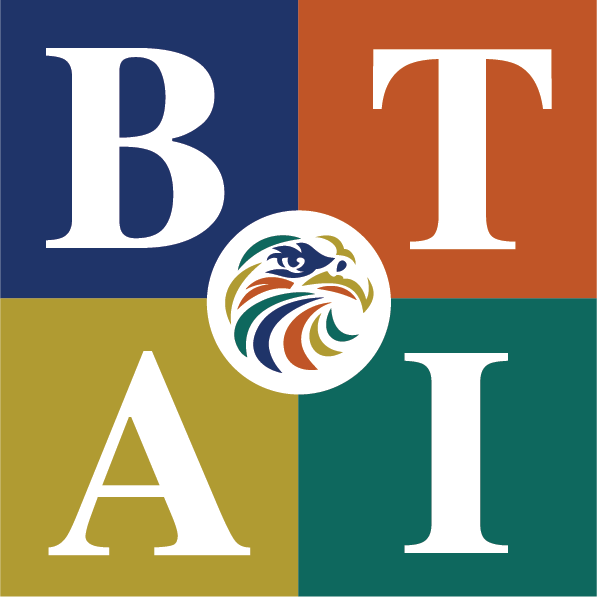Understanding the Cohan Rule: A Guide for Taxpayers
Navigating the complex world of tax deductions can be daunting, especially for self-employed individuals and small business owners. One notable provision that can help ease the burden of proving expenses is the Cohan Rule. Named after the 1930s court case Cohan v. Commissioner, this rule allows taxpayers to estimate their business expenses when exact records are unavailable, providing a degree of flexibility that can be advantageous.
The Origins of the Cohan Rule
The Cohan Rule emerged from a case involving George M. Cohan, a famous entertainer, who sought to deduct expenses incurred while performing. Cohan had kept inadequate records, leading the IRS to deny his claimed deductions. However, the court acknowledged that the lack of precise documentation shouldn’t prevent Cohan from receiving a fair deduction for his legitimate business expenses. Instead, the court permitted Cohan to estimate his expenses based on available evidence and reasonable assumptions.
This landmark decision set a precedent, allowing taxpayers to utilize estimates in situations where precise documentation is not available, provided there’s a reasonable basis for the estimates.
How the Cohan Rule Works
The essence of the Cohan Rule is that it allows taxpayers to substantiate their expenses even without meticulous records. However, there are some key points to consider:
- Reasonableness of Estimates: The estimates must be reasonable and based on factual information. This could include past expenditures, industry standards, or any relevant data that can support the claims. For example, if a business owner knows that similar businesses typically spend a certain percentage on travel, that can serve as a basis for their estimates.
- Documentation: While the Cohan Rule allows for estimation, it’s still crucial to keep any available documentation, such as receipts, bank statements, or invoices. This additional evidence can strengthen your case if questioned by the IRS.
- Types of Expenses: The Cohan Rule can apply to various business expenses, including travel, meals, and entertainment. However, it’s important to note that the IRS may scrutinize certain types of expenses more closely, so having some form of justification for your estimates is essential.
Limitations and Considerations
While the Cohan Rule provides a useful avenue for claiming deductions, it’s not a blanket solution for all taxpayers. The IRS has stringent requirements, and taxpayers must demonstrate that their estimates are based on sound reasoning. Additionally, the rule does not apply to all types of deductions, and taxpayers must be prepared to justify their estimates adequately.
Taxpayers should also consider consulting with a tax professional. An experienced tax advisor can provide insights into how to apply the Cohan Rule effectively and ensure that your estimates are both reasonable and defensible.
Conclusion
The Cohan Rule serves as a helpful lifeline for taxpayers who find themselves without precise records for their business expenses. By allowing reasonable estimates in the absence of exact documentation, it recognizes the practical challenges faced by many small business owners and self-employed individuals. However, it’s crucial to approach this rule with care, ensuring that any estimates are well-founded and supported by relevant data. As tax season approaches, understanding and utilizing the Cohan Rule can help maximize deductions and reduce tax liabilities, ultimately contributing to healthier bottom lines for businesses.

